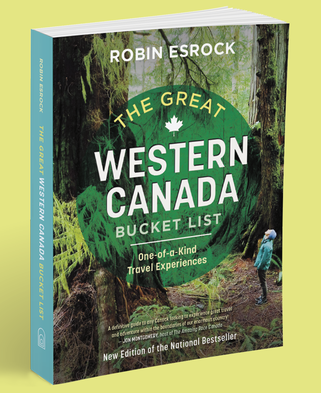|
I compiled this definitive list with two very simple rules: a) The items mentioned below should be available to members of the paying - and no doubt occasionally insane - public b) To qualify, the thought of each dish should make my stomach swill over, my throat seize up, my nose twitch, and my eyes rattle. This list demonstrates that we will devour whatever we are culturally conditioned to consume, and whatever creature with the distasteful misfortune to be around us if we are hungry. Presenting my global menu for those of iron will and titanium gut: The Sour Toe Cocktail Lets begin in the Yukon Territory, in the long-past-its-boom town of Dawson City. The Downtown Hotel bar serves up a drink of straight whiskey, with added flavouring from a real life severed human toe. A big, gnarly one too, shrivelled and yellow, with the nail still on. I joined the Sour Toe Cocktail club, and to qualify, the toe must touch your lips. I can still feel it today, like a pickled, phantom limb. Everyone gets the same toe, and in the past, some toes have been swallowed. Feeling icky yet? Just wait… Balut Duck can be delicious, and eggs can be delicious, so why does it get nasty when you mix the two together? Balut, a popular delicacy in the Philippines, is a fermented duck egg, that is, an egg with a crunchy, sometimes feathery baby duck inside. You peel the shell, slurp up the embryonic fluid, add some salt, and bite hard into the crispy mushy goodness. Apparently, balut goes down really well with cold beer. Slugging back a few bottles might make this gourmet treat go down better, and for that matter, up again too. Deep Fried Hairy Spiders Personally, I just didn’t have the stomach for arachnoids when I was travelling by bus through Cambodia. A popular roadside snack, the large spiders are eaten in big bites, or pulled apart, leg by leg, and consumed like French fries. Black bug juice dribbles down the chin as you reach the best part of meal, the pincers and the bulbous back. All the poison is removed when the spiders are fried, and apparently the appeal lies in its crunchy-chewy texture. Along came a spider, and sat down beside her, and so Muffin just ate the damn thing. Ox Penis Soup Let us just be grateful that, due to conservation laws and human evolution, it’s no longer Tiger Penis Soup. Some Chinese restaurants serve up this delicacy, known for its mythical and powerfully arousing properties. The broth is serviceable, but the reality of eating ox or deer penis is that it tastes like a hard, impossibly chewy sponge. Tourists wishing to partake in this dish may find themselves forced to spit it out, or swallow it whole. Fermented Shark (Hákarl) Moving over to Iceland now, where they like their sharks rotten, stinky, and air-dried out for 5 months. Oozing the odour and taste of powerful ammonia (think urine-scented cleaning products), hákarl is an acquired taste, even in Iceland. Celebrity chef Gordon Ramsay puked on it, a common reaction for first-timers, who are advised to hold their nose to avoid detecting the disgusting stench they’re about to put in their mouths. Those who eat it are associated as being strong and brave, although I mostly just felt queasy. As someone appalled by the shark fin trade, I reckon anyone who eats the fins of these increasingly endangered fish should be forced to try this Scandinavian delicacy first. Cats and Dogs Widely condemned by the West and pet owners everywhere, it’s a sad fact that Fluffy and Fido are still on the menu in parts of Asia. Breeds of dog are raised specifically as food, and as a friend of mine will testify, having adopted and therefore saved one such puppy from the roast, they remain viciously tempered. Dog has been eaten in China for thousands of years, and the meat is famed for medicinal properties. Meanwhile, Singapore’s Strait Times reports that up to 10,000 cats are eaten every day in the Chinese province of Guangdong. Brings a disturbing new meaning to the concept of “cat food”. Hug your Fluffy and Fido a little closer tonight. Escamoles I’m back, and in the mood for a little insect caviar! In Mexico, escamoles refers to the larvae of the giant, particularly ferocious Liometopum ant. Its eggs are collected from agave plants, spiced, and served in tacos. Escamole has a cottage cheese texture, and a buttery finish. I’ve eaten ants and termites in various jungles, and they taste surprisingly like walnuts. Perfect for anyone into nuts, or just plain nuts too. Casu Marzu Those who have read this far, and therefore possessed of iron guts, will appreciate the hop over to Sardinia Italy, where we can spread some thick sheep’s cheese onto a slice of toast. Only problem here, it’s been purposely allowed to rot and gather maggots, which adds to the soapy, writhing texture. Next time you have a cheese and wine soiree, think maggots! Three Squeak Dish By now, I hope you’re warmed up for the really gross stuff. Although not everyone is convinced this exists, it's just too sick to make up (or leave off this list). Supposedly served in some remote parts of Asia, the Three Squeak Dish is a plate served with three pink, freshly born baby mice. The first squeak is when you pick them up with chopsticks. The second is when you dip them in soy sauce. You can guess what the third squeak is. Apparently they’re easy to chew because the bones have not hardened yet. Excuse me. I have to go to the bathroom now. Honorary Mentions: Lutifisk is a fish Norwegian weapon of mass culinary destruction. Laos Snake Whiskey is sold with farm-bred cobras at the bottom, some with scorpions for extra zing. We should also leave room for cockroaches, haggis, and cuy (deep-fried guinea pig). And how can I forget my delicious fruit bat stew in beautiful New Caledonia? Fruit bats ready for the stewing in New Caledonia Re-assuredly, deep fried guinea pig does not taste like chicken.
0 Comments
Another year and another decade have passed, another year and another decade we won’t get back. Despite all the indicators to the contrary (I highly suggest reading Stephen Pinker’s Enlightenment Now) it certainly feels like we’re living in particularly turbulent times. Brexit, Trump, ISIS, Facebook…the 2010’s have repeatedly been called the Decade of Crisis. It was also a decade that took us into science fiction more than one would think. Consider arriving in January 1, 2010, and telling a person on the street:
What the hell are you talking about? And this is just a fraction of the global fizzle-pop martini that has shaken and stirred over the past ten years. “It was the best of times, it was the worst of times.” Charles Dickens wrote that timeless line in 1859. There is always political, cultural and economic turbulence, although this decade frequent environmental disasters joined the party. Unprecedented droughts (South Africa, Argentina, Australia), floods (India, Louisiana, Oklahoma), hurricanes (Bahamas, Puerto Rico), storms (Superstorm Sandy, Tropical Irene), heatwaves, wildfires (Australia, California, BC), the melting Arctic, city-sized icebergs breaking off Greenland and the Antarctic Peninsula. And facing this global challenge are a bunch of world leaders not too removed from comic book villains. There have always been high season and low season, but overtourism – best represented by poster children like Barcelona and the Louvre, Venice and Dubrovnik - proved canaries in the coalmine for the onslaught of travellers benefitting from cheap airfare, growing middle classes and an obsession with social media validation. I’ve had to question my own role in all of this, as this decade saw me transform from a freelance writer and television host into the bestselling author of a half dozen “bucket list” themed books. Not to mention a husband and father. What hasn’t changed is the core of what set me off fifteen years ago: an insatiable curiosity, and the desire to share what I discover with others in the hope that it inspires them as much as it has inspired me. My latest book is about the joys, trials, hilarity and wonders when travelling with kids across Australia. Gone are the days of intense budget travel, and I’m a little long in the tooth to be sharing dorms in hostels (plus kids under six are not the best bunk mates). But they do demand and instigate new adventures all the time. We’re kicking off 2020 with a true bucket list road trip adventure, visiting three incredible BC ski resorts to learn – as a family – how to embrace the Canadian winter, and make it down a mountain on skis. Having warmed up for a recent Vancouver Sun story about Whistler, we’re kicking off on the powder of RED Mountain, revving up for Revelstoke, and with any luck we will get a thumbs up from Olympic legend Nancy Greene on the slopes of Sun Peaks. As usual, I hope to inspire other families to do the same, and at the very least, avoid visits to the hospital (my ER visit in Whistler to saw off my wedding ring was enough, thanks). Whatever happens in the year and decade to come, may the weather prove fair and your health fairer. May our challenges be met and our smiles frequent. I hope we continue to appreciate the incredible benefits of our privilege, and empathize with those who want nothing more than to share a piece of it. Every year that passes is a year we won’t get back. Regardless of what we might be telling ourselves in 2030, let’s continue to make them count.
It’s been a tumultuous month in the world of bucket list experiences. The New York Times art critic ran a story about the sheer and utter disappointment of seeing the Mona Lisa, glassed away from the masses of crowds expecting something more...transcendent. Asked on national radio about my own experience with Leonardo’s masterpiece, I recalled seeing it many years ago, and feeling distinctly underwhelmed: “I thought there would be God rays and confetti, and angels would be singing with harps.” If I didn’t know it was regarded as the pinnacle of artistic expression, I would have walked past it, marvelling at plenty other works in the Louvre that would better match that description. The subject moved onto travel experiences that are disappointing. Each to their own, but there’s really only a few factors that will make an activity or destination disappointing:
All this to say: The experience did not live up to your expectations. The higher your expectations, the higher the chance that the destination or activity will disappoint you. Reality simply can’t compete with your imagination. And I can’t blame anyone for having an imagination stoked by the most perfect of all scenarios. On television shows, in travel articles, in books (ahem), you rarely see or hear about crowds, costs, and crap weather. The sky is mostly blue, and the animals always show up. It is very rare that everything comes together exactly as it does in the brochures, and yet the marketing of peak experience does no favours to your expectations. You’re being set up for disappointment, so better to have no or limited expectations to begin with. Is that it? No wonder my head is steaming. One of the tools proposed to combat the scourge of overtourism is Responsible Marketing. This would require tour operators and destination marketing organizations to use real people in real situations, not models beneath a Photoshop sky. Imagine if casinos were restricted to responsible marketing? Instead of hot couples smiling as they win at the roulette table, you’d see leathered alcoholics flushing away next month’s rent. Any activity that depends on good weather is particularly vulnerable to unmet expectations. Nobody wants to visit a beach in a hailstorm, ski on a mountain without snow, or get rained on during a parade. My biggest disappointment is the northern lights – a dreamy bucket list experience that is particularly weather dependent. Ten times I should have seen a magical natural fireworks display in the sky, and ten times the sky was overcast, or the solar ions weren't firing, or the sky lit up the day before I arrived, and the day after I left. Ten times in the freezing northern winter, including trips to Whitehorse and Yellowknife during peak aurora-watching season. Eventually I did see the northern lights, but compared to all the alluring photographs and stories, witnessing a slight pulsating green fog in the frigid, early morning sky (few people know that the best time to see the lights is well after midnight) was a let down. At least I hadn’t flown in all the way from Japan, unlike the disappointed aurora-watchers around me. The global bucket list took another hit this month with the chaos surrounding One Ocean Expeditions. I’ve worked with this Squamish-based company for several years, having visited Antarctica, crossed the Northwest Passage in the high Arctic and more recently taken my mom and daughter to remote islands in the Atlantic on their wonderful boats, guided by their wonderful crew. I’ve recommended the company at dozens of talks and in my books, and was shocked to hear they’ve been shipwrecked with financial difficulties. Passengers were left stranded shortly before an Antarctica sailing, most support staff have left the company, and information from the permanently closed head office to hundreds of out of pocket clients has been cryptic and scarce. The source of the issue appears to have been the damage that occurred to one of their Russian leased vessels in August 2018. There are competing claims as to who was responsible and should foot the bill, and as a result the Russians withdrew their ships from One Ocean’s service. This sent the company scampering to fill exist bookings on their single remaining ship, and in all likelihood broke the sea camel’s back. The company’s mysterious restructuring has been devastating for their amazing staff and crew, many of whom are owed tens of thousands of dollars in wages. It has been devastating for passengers around the world who have footed up to $14,000 per ticket, and have no travel insurance recourse to get their money back. It has been devastating for the Royal Canadian Geographic Society, who benefitted from One Ocean as a major sponsor, and it has been devastating for polar tourism. One Ocean did vital, generous and important work for the Arctic and Antarctica, supporting scientists, educators, communicators and students. I remember telling passengers that One Ocean did not just help us tick Antarctica off our bucket list, the company had helped us become ambassadors for a truly incredible, vulnerable and oft-misunderstood eco-system. Despite hope that a new financial partner will save the day, the damage to the brand and betrayal of trust of both clients and crew is, in all probability, fatal. Despite some wild rumours swirling around, I do believe One Ocean had a wonderful heart. Operating at the mercy of the roughest of natural elements, it just needed a better business brain. Here's hoping for smooth waters and easy sailing ahead for passengers, crew, company and the polar region itself.
You can really get a sense of place by its name. Take Istanbul, Timbuktu, or even Bird Island (where I write these words, off the coast of Cape Breton, Nova Scotia). Revelstoke, the BC transport hub on the way from Vancouver to Banff, certainly has a name better than most. A town that lets you revel in the stoke? Come on, a high-priced brand agency couldn’t have come up with something that good. The town, population 15,000, got its name from one Lord Revelstoke, an English industrialist who rescued the Canadian Pacific Railway from bankruptcy in 1885. In the shadow of the Selkirk Mountains, sandwiched by the mountainous beauty of Glacier and Mount Revelstoke National Parks, the town also boasts a ski resort with the greatest vertical descent of any ski resort on the continent. Fun for another time. We’re here for a family roadtrip in summer, driving six hours up from Vancouver to explore local activities for all ages, including another tick on my ever-expanding Canadian Bucket List. An Old Lady Lived in a Shoe in an Enchanted Forest
After crossing dramatic mountain passes and driving alongside large, scenic lakes, we pull off the Trans Canada Highway to explore The Enchanted Forest and adjacent Skytrek Adventure Park. With various high ropes courses through the tall forest trees, the latter is catnip for kids and adults channelling their inner gibbon. The former is eccentric and certainly bizarre. Dozens of tiny and not so tiny fairy tale houses have been built on the forest floor, complete with a castle, a giant climbing a tree, mermaids, wooden horses, and mischievous forest elves. A passion project that has been a popular, quirky roadside attraction for half a century, my young kids embraced Enchanted Forest with sheer, unadulterated delight. Happy kids, happy parents, and happier still that both these attractions are less than a half hour’s drive from downtown Revelstoke, where our room at the Regent Hotel awaits. A town that straddles the industries of railway, forestry and tourism, Revelstoke is refreshingly devoid of glitzy retail brands, and oozes small town charm. It is protected from being overrun by its relative isolation from a major city, resulting in the kind of place where locals greet each other at free nightly summer music concerts in Grizzly Plaza, or at the weekend street market bursting with local flavours. Our outstanding meals at Taco Club, Nico’s Pizza, Paramjit’s Kitchen and the exceptional Quartermaster offered funky, homely and fine dining, while a visit to the Aquatic Centre (a must for young kids) made me pine for something similarly inexpensive and less crowded in Vancouver. Toasting outstanding craft beer at Rumpus Beer Co, I admired the moxie of the husband-wife owners chasing their small town dream, and wondered, along with many others I imagine, if Revelstoke is the kind of place where I could chase a dream too. A real sense of community permeates the town, a community that doesn’t mind living ten minutes down the road from a world class ski resort, or two and half hours from Kelowna, the nearest regional airport. The Pipe Mountain Coaster Revelstoke Mountain Resort is famous for the highest vertical run on the continent, but is embracing its four season possibilities. This means world-class mountain biking, and for my bucket list, the longest alpine rollercoaster in Canada. Taking the gondola up to mid-mountain, my family soaked in the stellar mountain views and fanning Columbia River, before hopping into yellow go-cart like contraption connected on a narrow single rail. My wife and I each put a kid in our laps and strapped in for a thrilling 1.4 kilometre descent. The Pipe Mountain Coaster twists, curves and whoops its way 279 metres down the mountain, through forest and breathless dips at speeds of up to 42 km/hr. A simple mechanism allows us to brake and go at our own pace, and most first timers will take it easy. Get the three-ride pass (or more) and you’ll soon dispense with the brakes altogether, hitting the hell-yeah! controlled maximum speed that ensures it’s safe and fun for the whole family. “Faster Daddy!” yelled my daughter, and who am I to argue? Paddle at the Rumpus Beer Company Feet away from the exit point of the coaster is newly opened Aerial Adventure Park, where you can easily spend two hours navigating fifty different balance and height obstacles, rising four stories above the ground. Graded like ski runs into green, blue and black difficulties, climbers are safely harnessed throughout the entire contraption. Watching brave little kids take on swinging rings or a knee-shaking four-story jump should add some pep to your steps. Fortunately, great food and craft beer awaits the victorious in the village regardless (and for the kids, ice-cream). A Pirate Battle River rafting is another popular summer activity in Revelstoke, with various companies offering grade three runs. For younger kids, consider Wild Blue Yonder’s River Pirates Tour, complete with pirate costumes, face paint, bush battles and fun tales of yaargh! Downriver from the impressive hydro dam, we drifted on the glass mirror of the Columbia River, listening to Captain Jack’s brogue as he recounted the myth of the man-eating moose. My daughter - made-up with face paint, bandanna’d, and now known as Jolly Lips Sue - had a blast. Nobody got wet, and foam sword battles continued back in our comfortable family suite at the Regent. Here comes the train! Fortunately the sword stayed behind when we checked out the old world Railway Museum, although the knives came out when my three year-old had his thermonuclear meltdown when we told him it was time to leave the large, warm wading pool at the Aquatic Centre. We packed a lot into just three days, and could have easily spent a week exploring this underrated wonder of the BC interior. It’s all right there in the very name of the town, where families can revel in the stoke of it.
Every July 1st, Canada Day rolls around a little quicker than the year before. The long days we’ve waited for all year have an ironic effect of making the season shorter, because winter is great and all, but summer is when the Canadian Bucket List BBQ really starts cooking. The national and provincial parks, the festivals, the lakes, the hiking, biking, canoeing, and other ings you can think of. I missed Canada Day last year as I was on a one-year adventure with my family. We travelled the far and wide of Australia for six months, doing as much as we could for my book, The Great Australian Bucket List. Then we lived for a while in Thailand, Bali and Vietnam (you can read all about that if you wish), popping into Singapore and New Zealand for good measure. I can assure you, you miss Canada when it’s gone. That's not a bear. THIS is a bear. For all the comments that Australia is Canada with better weather, I discovered this is not at all the case. Are there historical similarities? Most certainly. Both have colonial hangovers, the Australians even more so with the Union Jack still part of their national flag (it’s 2019, don’t you think it’s time to move on, mate?) Both treated their indigenous populations like fodder, and both have done too little and never enough to make that right. Both are surrounded by ocean (especially if you consider the United States an Ocean of Political Disappointment). Both have relatively small populations with relatively gigantic tracts of land. The Canadian Arctic is a pretty hostile environment, as is the Australian Red Centre. One country is famously hot, the other famously cold. One has a marsupials, the other has bears (the koala is certainly not a bear). Both love sport, and both sport endless natural beauty. We have many of the same chocolate bars and burger chains (Hungry Jacks is Burger King, in case you were wondering), the same dominating commercial multinationals, the same insecurity about larger, wealthier and more ambitious geopolitical neighbours (spare a thought for poor New Zealand). I could go on, and one day I probably will. Road trips to mountains in Tasmania. Road trips to Canadian Rockies. For now, let me paint why Canada is not Australia, using a broad brush of generalizations. Please don’t look at my strokes too carefully, as you’ll see paint is all over the place…it’s really more of an abstract piece. Because of course Vancouverites are not Newfoundlanders, and those who live in Perth are a different kettle of kangaroo from those who live in Alice Springs. Still, Canadians, by and large, are milder, cool as their weather. Australians are rarely accused of being over-polite, and an Australian will sooner bear hug you than apologize. Canadians are more reserved, and barring the extremes, tend to be a little more reasonable. I was once pulled over by a traffic officer in New Brunswick racing way over the speed limit to chip factory. Did you know one-third of all the commercial French fries used worldwide come from Canadian potatoes? Did you know that up to 90% of all the global mustard seed - the stuff used to create your favourite French Dijon - are Canadian? I pleaded with the cop, and he let me off. The people of New Brunswick are friendly to a fault. Driving north up the remote coast of Western Australia, I was doing the speed limit when a cop appeared out of nowhere and pulled me over. He told me I was ten kilometres over the speed limit because I was pulling a trailer. I told him I’m Canadian and had no idea that was a law, because nobody told me. There wasn’t another car in hours on the bullet straight Bruce Highway, and with kids in the back, I assured him I’d just set the cruise control to ten kilometres slower. He still gave me a hefty ticket. I just know, in my maple leaf bones, no Canadian traffic office would ever have done that. Australians are obsessed with rule of law. Cameras everywhere, enforcers ready to pounce. Both are secure societies with some of the least corruption anywhere in the world. But you feel the law in Australia, and they know it. Hiking the West Coast Trail vs Hiking the Larapinta Trail I am a South African who wrote a bestselling book about the joys of Canada, and a Canadian who wrote a bestselling book about the joys of Australia. I feel I have a grasp on both these cousin nations, at least as much as my experience allows. I think my parents back in Vancouver were worried that my wife and I would fall in love with Australia, and decide to settle there. Admittedly, we loved Hobart, Adelaide, Brisbane and Perth (Melbourne and Sydney were way too busy and far too expensive to even consider). But we’re a faithful lot and have already given our hearts to the country that famously opens it doors to those, like us before them, who seek a better life. Canada is a country that isn’t walling itself off, instead choosing to embrace the global, multicultural spirit of our age. Canada is a country with problems (every country has problems) and a country that can and must do better (every country can and must do better). Canada recognizes the unequivocal right of same-sex couples to marry, that the war on drugs will never be won if you don’t take a different approach, and that no future can be attained without addressing the needs of the past through a Truth and Reconciliation Commission. Australia isn’t quite there yet, but that’s OK. Each sovereign nation is on its own unique journey. This July 1, I’m just really glad that my own journey is in a country that flies a red maple leaf. Also, and I needn’t remind you, the Raptors. Red rocks in the Magdalen Islands. Red rocks in the Outback.
Modern travellers have developed an insatiable thirst for jet fuel, much to the detriment of previous modes of travel: ships and trains. While ships have evolved into cruising palaces, trains have far more limitations when it comes to the size of their carriages. Yet as a means to discover a new destination in a comfortable, relaxing pace, I'm a sucker for an epic train journey. Sit back and watch the world pass you by as we track down the world’s best train journeys. The Blue Train It’s amazing how much comfort you can cram into a carriage rolling along a gauge just 3ft and 6 inches wide. South Africa’s Blue Train is rightly regarded as perhaps the world’s most luxurious rail journey. Butler service, en-suite soundproofed compartments (with gold tinted windows), double beds with down duvets, marble-tiled bathrooms (many with full bath tubs), panoramic observation lounges, gourmet meals – no wonder its known as a moving five star hotel. There are two trains in operation - one catering to 74 guests in 37 suites, the other for 58 guests in 29 suites – operating on the main scheduled route from the administrative capital of Pretoria to Cape Town. Travelling at 90 km/hr, enjoy 27 pampered hours and spectacular scenery until you reach your final station. The Blue Train also operates two other routes: to Durban, and to the malaria-free Pilansberg National Park. Maharajas Express Not to be outdone, India’s Maharajas Express treats its 88 passengers like royalty, literally in the case of the presidential suite, which spans a whole carriage. Recalling an era where India’s grand Maharajas built their own lines to shepherd them in lavish carriages, the Express combines old world luxury with modern conveniences like a business centre, spa and gym. It offers five itineraries, ranging from the seven night Heritage of India, Indian Splendor and Indian Panorama to the three night Treasures and Gems of India. All visit destinations like Jaipur, Ranthambore and Agra, to see the Taj Mahal. My own rail journeys in India (in packed, sticky 2nd Class Sleepers) were memorable, but not for the right reasons. If you’re willing to pay, oh, several thousand times more for a ticket, why not treat yourself like a king? The Canadian We live in a large country, but when I took the 4-night, 3-day VIA Rail Canadian from Vancouver to Toronto, I could finally see just how large we’re talking about. Travelling 4466km through the Rockies and Prairies, expect to roll through four time zones, not seeing any signs of civilization for hours. The train’s weekly configuration changes depending on demand, but always has panoramic and double-story panoramic dome cars, excellent meals, clean bathrooms, fun activities and friendly staff. Recalling the 1950’s glory years, the stainless steel carriages have the pastels and feel of another era, especially the rear Park Car, with its distinctive dome and view of the tracks you leave behind. Currently undergoing refurbishments as part of VIA Rail’s almost $1 billion investment, The Canadian is rightly a national treasure, popular with both locals and international visitors. The Venice Simplon Orient Express / Eastern and Oriental Express Although these are two separate train journeys exploring two different continents, I’ve put them together because the same company owns them, and once you hear the word “Orient”, it’s easy to get confused. More so since there was an actual train known as the Orient Express, running between Strasbourg and Vienna, but that ceased operation in 2009. The Venice-Simplon is a luxury train operating from London to Venice, in vintage carriages dating back to the 1920’s and 1930’s. Restored to their former glory, cabin suites are heavy on the polished wood, with washbasins, banquette sofas and ever-attentive stewards. Swap out Europe for lush jungles and exotic temples, and hop aboard the more modern The Eastern and Oriental Express, which journeys between Malaysia, Singapore, Thailand and Laos. With its in-suite bathrooms and airy teak observation cars, itineraries range from 2 to 6 nights, offering various opportunities for temple visits and other excursions. The Ghan With its vast distances and sparse population, Australia is tailor made for an epic train journey. The Ghan, named after the late 19th century Afghan cameleers that created the route, traverses almost 3000 kilometres north to south and vice-versa from Adelaide through Alice Springs to Darwin. The 3 day/2 night crossing caters to a range of budgets, from the twin Red Service Sleeper Cabins with their compact lounge chairs (folding into sleeping berths), to the 25 en-suite Platinum Cabins, with in-cabin dining, attentive stewards and twin or double beds. Beginning with the ridges and plains of South Australia, the landscape transforms into the red earth and sweeping skies of the Central Australian outback. Day or multi-day excursions are on offer from Alice Springs, before continuing into the more tropical regions of Northern Australia. The train runs twice a week in each direction June to August, and once a week during the remainder of the year. Qinghai–Tibet railway China boasts the world’s fastest passenger train, the CRH380A running from Shanghai to Nanjing and Hangzhou at an astonishing 480 km/hr. Think more rollercoaster and less leisurely train journey. For less of a blur but all the thrills, consider the Qinghai-Tibet, an engineering marvel that connects the city of Xining to Lhasa, Tibet. It’s the first railway to navigate the mountains and treacherous terrain that encompasses Tibet. Once you cross the Tanggula Pass at 5072 metres above sea level, you’re officially on the world’s highest railway, rolling through the world’s highest tunnel, and stopping at the world’s highest railway station. With stunning views across the mountains and permafrost, the journey is literally breathtaking. At this altitude, breathing can become an issue, but the cold-resistant carriages were built for such challenging environments, and carry oxygen supplies on board for each passenger, along with an onboard doctor. The Rocky Mountaineer Repeatedly named as one of the world’s great train journeys by everyone from National Geographic to Conde Nast Traveler, The Rocky Mountaineer belongs to North America’s largest private rail service, running 1000 km through some of the world’s best scenery. Unlike VIA’s Canadian, which continues onto Toronto, the Rocky Mountaineer is designed to showcase the glorious Rockies in all their glory, with guests seated in two-level glass-domed panoramic dome cars, while interpreters point out wildlife and sites of interest. Guests spend the night in the company’s hotel in Kamloops before continuing their journey from Banff/Jasper to Vancouver, or vice versa. Along with the outstanding meals, let the cocktails flow! The Trans-Siberia / Trans Mongolian Railway When creating this list, I erred on this side of luxury, only because I’ve spent many days travelling on some of the world’s more challenging train rides, and while the memories are precious, I wouldn’t necessarily wish them on my readers. Trains are great, but not when they’re scary, like the time I peed at gunpoint on the Russian-Mongolian border. It took me three weeks to journey from Beijing to St Petersburg on two of the world’s most legendary rail networks. Along the way I raced horses in Mongolia, swam in the world’s deepest lake, and was almost tasered by some corrupt cops. Rudimentary carriages were OK, even if the attendants were smuggling starched clothing in our pillows. Meals consisted of instant noodles, instant mash, and anything else we could whip up with graciously provided hot water. I grew to appreciate the sneer of the attendants, and the taste of vodka, which was cheap and plentiful. An incredible adventure, definitely. But not for everyone. El ChePe The Chihuahua al Pacifico Railroad, more affectionately known as El ChePe, carries locals and tourists over 400 miles through the Sierra Madre mountains and the magnificent Copper Canyon. Departing Los Mochis in the morning and arriving in Chihuahua late in the evening, the train crosses 36 bridges (one at over 1000 feet) and 87 tunnels. It stops at 13 stations along the way, allowing travellers to hop on and off to explore the region. There are two classes to choose from, with the Primero Express offering a dining car as opposed to the Economico’s snack bar, but it’s the scenery that provides the tastiest fodder. Mexico’s most scenic train chugs alongside stunning jungle, mountains, canyons waterfalls, and even high desert. The Royal Scotsman
The Scottish Highlands are yours for the taking. By yours, I refer to the 36 guests pampered in absolute luxury aboard the Royal Scotsman. The train offers 2 to 7 night itineraries that take in the majestic Highlands, along with themed trips like the 4-night Classic Whisky Journey in conjunction with the Scotch Malt Whisky Society. Enjoy gourmet bliss in the mahogany-panelled dining car, and make sure to pack a kilt for alternating formal nights (if you forget, you can still hire one). Twin, Double and Single cabins are equipped with in-suite bathrooms, with the plush sofas in the observation car perfect to watch quaint villages and medieval castles pass you by. I was recently invited to speak at the annual leadership conference for Coast Hotels, which took place at the Coast High Country Inn in Whitehorse. The theme of the event was Bucket List, and so naturally, I felt right at home. Since it’s January, and Whitehorse is the most accessible northern city to see the aurora, especially from Vancouver, I brought my Dad along for the ride. It’s been his dream to see the aurora since watching an 80’s movie called St Elmo’s Fire, which doesn’t feature the lights at all, other than, as I write in my book, the “light going out of Ally Sheedy’s acting career.” No offence to Ally Sheedy. Or Andrew McCarthy, an actor in the movie who is now an editor-at-large for National Geographic. #Everythingisconnected. My Dad and I had previously spent five nights in Yellowknife and saw no lights, but we did kinda-sorta see the aurora (if you squinted just so) in Hay River after flying over with Buffalo Air, but never got the full razzmadaddle. Whitehorse would be another kick at the aurora can. What’s more, Coast had arranged for attendees to tick off a full blown Whitehorse bucket list, including dogsledding with Muktuk Adventures (as featured in my books), slurping back the Sour Toe Cocktail brought down from Dawson City, and dipping in the thermal springs of the Takhini Hot Pools. Throw in some elk sausage and Arctic Char from Burnt Toast, my favourite restaurant in the city, and you’ve got a comprehensive winter Whitehorse bucket list covered! My Dad and I finally see the light We arrived via Air North, which is the only airline I know that serves hot baked cookies, refreshments at the gate, and affordable flights to a northern city. Settled into the Coast High Country Inn (which is owned by the same folks who own the Best Western Gold Rush Inn, so they have you covered), we took off for our first shot at seeing the lights at a remote aurora viewing cabin. Fire pits were burning, the tent cabins were heated and cozy, and the sky cleared nicely. The aurora report gave us just a 4/10 chance at seeing a 4/10 display, but sure enough, green waves began to pop on the horizon. No fireworks, but fine enough. That we threaded the needle on our first night in Whitehorse is a testament to Coast marketing director Sarah Kirby-Yung’s delightful optimism trumping my Dad’s northern lights jinx. “Can we tick this one off Dad?” I ask? “Yes we can.” And so we did. Unless you're the lead dog, the view's all the same Racing a dogsled on a frozen river is pure bucket list too. I’ve had the good fortune to dogsled with Muktuk Adventures filming an episode for my TV show, and researching a chapter for my book. The happiest puppies on the planet were lined up and rearing to go on our arrival, and off they go, running along the side of the Takhini River, pausing only for breaks and cuddles from Muktuk’s caring staff. Go dog go! It was the highlight of the trip for my Dad, which speaks volumes about the quality of the experience (and perhaps the performance of the aurora as well). Easy listening, easy reading Your lips must touch this gnarly looking toe! If only I could do all my book signings at a bar, beer in hand. Every attendee received a signed copy of my book at an evening event, soundtracked by a three-piece jazz band, and the arrival of the notorious Sour Toe Cocktail. It’s the fourth time I’ve had someone else’s severed toe in my mouth, although this time I think some of it flaked off and got stuck in my teeth, which continues to make me gag just writing about it. I got my Dad to join the club too, the toe stubbornly refusing to slide down the tumbler of Yukon Jack to touch his lips. As the Toe Captain will tell you: “Drink it fast, or drink it slow, but your lips must touch this gnarly looking toe.” Feeling good on stage for Coast Hotels The Wooden Skyscraper of Whitehorse After finally getting a decent photo of Whitehorse's iconic wooden skyscraper, Tourism Yukon's Jimmy Kemshead drive us along the Alaska Highway to check out the Mount Sima Ski Hill outside of town, and the scenic taiga on the drive to Carcross. Our final night featured a soak in the Takhini Hot Pools, a natural thermal spring located 25 minutes drive from Whitehorse. It was a late night soak, well enjoyed by all and spiced (and chilled) with a half-naked roll in the icy snow. As usual, the travel buzz moment came when I least expected it. Our bus got stuck in the ice in Takhini’s parking lot, and while the driver revved and tried to roll free, the cold night sky burst forth with stars, falling meteorites, and the wispy dance of the aurora herself. Not quite green, but a large distinct light flickering across the dark sky. Eventually we managed to free the bus by lining up and pushing it out in reverse. Rescuing a passenger bus beneath the northern lights in the Yukon? Now that’s bucket list.
The shenanigans of summer have subsided, the seasons have changed and autumn is upon us. For many, this is the best time of year to travel. Crowds thin, prices drop, foliage explodes, and the temperature dances on the Goldilocks stage of not too hot, not too cold, aaah...just right. Maybe you should consider: Canada Welcome to the ultimate fall destination. They even advertise it on the flag. Visitors come from all over the world to experience the colours of our foliage as they explode into shades of red, orange and yellow. There are highlights coast to coast: Ontario’s Algonquin Park, Niagara Parkway and Bruce Peninsular. The Laurentian Mountains in Quebec. Alberta’s Rocky Mountains, Nova Scotia’s Cabot Trail, New Brunswick’s Fundy Coastal Drive, the rolling forests and hills of Prince Edward Island and British Columbia – there’s no shortage of trees in Canada, and autumn is easily the best time of year to enjoy them. The United States Similarly, the Eastern Seaboard of the United States lights up in the colours of autumn from mid-September to the end of October. There’s plenty of charming road trips in the states of Massachusetts, Vermont, and New Hampshire, where a gentle paced traveller can appreciate the change of season through small villages, farms, and seaside towns along the way. Michigan and Wisconsin are also known for their fabulous fall colours. Great Britain I have a particular fondness for the English countryside in autumn, having enjoyed epic road trips to the New Forest, Cotswolds and Cornwall in the past. Rolling, misty countryside and quaint stone villages add a particular coziness to the adventure. Other autumn faves in the UK include the National Forest in Leicestershire, along with Beacon Hill and the supernatural sounding Outwoods. There are also great trails outside of Cardiff in Wales, and plenty of walks and bike adventures in the Scottish Highlands. China China is so vast and there’s plenty to see away from the usual tourist hot spots of Beijing and Shanghai. With temperatures cooling pleasantly, consider the south-western Sichuan province where the maple and birch trees strut their colours. Domestic Chinese tourists love visiting places like Miyalou in October to enjoy the views, along with the Juizhai Vallley, where tranquil blue lakes compliment the “kingdom of colours”. Spain Spain is much more than a beach holiday destination, especially as the sizzling summer temperatures begin to drop and the Mediterranean starts to cool. It’s a great time to head south where it us perfectly warm and pleasant, and the cities of Granada, Cordoba and Seville are waiting to be explored. Those summer crowds have dispensed, so it’s far easier to get around without making reservations, getting that great table on the patio instead of spending hours lining up. Further north begins to get a little chilly around October. Germany The forests of Bavaria are brushed from the same autumn palette, with the added bonus of the wild, 16-day Oktoberfest taking place each year in Munich. Once you’ve saturated yourself on beer, hit the Autobahn for a drive along the Rhine, taking in the Black Forest, medieval castles, and the looming Alps. South Pacific
Just because things are cooling down, doesn’t mean you need to pack a coat. French Polynesia enjoys its best season in August to October, after the heat of the sweltering months, but before the rains kick in. Tahiti, Bora Bora, the Society Islands – there’s no shortage of escapes where you can find your own beach paradise. You might want to stay clear of the Disappointment Islands though. They really need to do something about that name. When the going gets tough, the tough get wet. Presenting 10 of the world's mightiest rivers for bucket list rafters. Paddle up, there's rapids ahead! The Nahanni, Canada Rafting UNESCO’s first ever World Heritage Site is one of the grand Canadian adventures. From Virginia Falls, where a 90m cascade plummets in to the river, canoe and kayak trips typically spend a week paddling downriver through huge canyons and pristine wilderness. The Colorado, USA Spend a week in a motorized raft (or two weeks with paddles) floating down the Colorado River, through one the world’s true natural wonders, the Grand Canyon. Thrilling rapids, epic geology, waterfalls, creeks and companionship await. The Zambezi, Zimbabwe Regarded as perhaps the world’s best one-day whitewater rafting experience, conquer the mighty Zambezi River at the foot of Victoria Falls. The most thrilling runs take place during low water between February and July, when the rapids are so rough as to be almost unpassable. Do your best to stay on board, and watch out for the small (harmless) crocodiles. Futaleufu, Chile Enjoy the staggering scenery of Patagonia aboard a whitewater raft, as you navigate the Class 3 to 5 rapids of the Futaleufu River. You don’t have to rough it during this week-long journey: Earth River Expeditions have permanent camps with hot showers, stone hot tubs and comfortable beds. The Ganges, India Raft the Ganges from outside the town of Rishikesh, as the river bursts forth from the Himalayas, safe from the pollution it gathers further down. Rafting trips run from hours to days, starting October through June, although it can get pretty chilly around December/January. White Nile, Uganda Flowing through the heart of Africa, the Nile is a mystical river with a storied history. Its source was the subject of doomed expeditions and controversy. You won’t be thinking about any of it as you crash through a series of Class 4 and 5 rapids. Half and full day tours depart from the town of Jinja, located about 80km northeast of Kampala. Kaituna, New Zealand It’s not the Ganges or the Nile, but the lush Kaituna River does allow you to experience the highest commercially rafted waterfall in the world. There’s a 50/50 chance your raft will flip as you plummet over the 7m high falls, but that’s all part of the fun. The Yangtze, Nepal The Big Bend of China’s Yangtze River flows through a dramatic 10,000 foot deep gorge. That’s almost twice as deep as the Grand Canyon. A 10-day rafting tour runs 120 miles through the bend, crossing Class 4 rapids aplenty. Along the way you’ll get the chance to explore rural villages, and do some serious hiking too. The Saint Lawrence River, Quebec You don’t have to travel far to challenge the Saint Lawrence. Located close to downtown Montreal adjacent to Habitat 67, the Lachine rapids offer some of the world’s largest standing waves. Various class of rapids means even kids can conquer this mighty river. Igauzu, Brazil
Sharing its borders with Brazil, Argentina and Paraguay, Iguazu is well known for its spectacular waterfalls. You can also climb into a raft to conquer the river from below, spending an hour crossing Class 3 rapids amidst the dense vegetation and exotic wildlife found in Iguazu National Park. To find the best beaches, you usually have to get as far out of urban centres as possible. But some cities are blessed with amazing beaches of their own. These are cities with large populations, business, traffic – and long golden sandy stretches that make you feel like you’ve entered a holiday resort. Here’s my favourites: Ipanema, Rio de Janiero White sand and blue water frames Rio’s most famous neighbourhoods, Copacabana and Ipanema. While Copacabana enjoyed much of the world’s attention in the past, it has been surpassed by the energy of Ipanema. Ipanema Beach is signposted by the famous “postos” lifeguard stations, which helps find your way on a beach that is generally packed all year round. Stroll up, rent a chair and umbrella, and have your own beach waiter serve you cold beer, fresh fruit, and snacks throughout the day. Striking mountains rise further down the beach, and there’s usually a friendly game of volleyball on the go (or foot volleyball, which is terrific fun to watch). There’s also a parading flea market as polite vendors roll through selling bikinis, hats, and towels. With so much skin and beauty on display, it’s no wonder Ipanema is one of Rio’s most expensive neighbourhoods. An interesting note: topless bathing is prohibited. Photo: warrenski Clifton, Cape Town Cape Town is blessed with extraordinary natural beauty, and it’s best beaches are in the upmarket suburb of Clifton. Driving up from Sea Point, cars line the side of the road early, and parking is seldom easy. It’s a walk down the stairs until you hit the fine white sand. There are four beaches in Clifton, separated by rocks, and attracting different crowds. All four beaches are protected by rocks and spared the strong winds that blow through the city. As a teenager I used to walk between beaches to see where the action was. Today, the most popular beach is Fourth Beach, which has the calmest waves. First Beach gets the biggest waves and is popular with surfers. Third Beach is a popular gay hangout. Second beach continues to attract teenagers and students on the prowl for love. Capetonians and tourists soak up the sun, and since the water is a frisky 12-16C, a dip in the sea is truly refreshing. Bondi Beach, Sydney During my first visit to Bondi Beach, the temperature in Sydney cracked 50C. Bondi Beach, a beach that has spawned a hit TV series (Bondi Rescue) was absolutely chockers (full). The odd part was there was nigh an umbrella in sight, here in a country with one of the highest skin cancer rates in the world. Sydney is surrounded by fantastic beaches, but Bondi is its flagship. A perfect 1km crescent, reliable waves for surfing and body boarding, pubs, shops and cheap eats right across the road. It attracts the city’s most beautiful people, showing off their most beautiful bodies. With Sydney’s weather, there’s always people on the beach, with crowds picking up in the afternoon post work, and young couples pushing babies on the promenade. When people fall in love with Sydney, it’s usually Bondi on their mind. Photo: Wikimedia Kitsalano, Vancouver In the late 1990’s, my brother and I decided to immigrate to Vancouver. He went first, putting in his papers, without visiting the city first. I was working in England at the time, and the mountains, forests and beaches of British Columbia were very far away. I had a good job, and was second guessing Canada, until one day, my brother sent me an email with a picture from Kitsalano. He had found a two-bedroom apartment two blocks from the beach, and summer was in full swing. The subject was: Wish You Were Here. The sand wasn’t fine and white, but it was fine enough. People were stacked up against scattered logs. In this distance was a towering mountain, the tree tops of Stanley Park, and some of the apartment blocks of English Bay. Having grown up in a big, landlocked city, I couldn’t believe people could live in a city like this. I wished I was there too. Six months later, I arrived as an immigrant and beelined straight for Kitsalano. Photo: jenschapter 3 Waikiki Beach, Honolulu The surf is usually up at Waikiki Beach, once the playden of Hawaiian royalty, now a hotel and surfing mecca. Waikiki has attracted all the major hotel chains and serves as a centre of tourism in Hawaii, but lets not forget it’s also a terrific beach, with a great view of the striking Diamond Head - all that’s left of a massive volcano and one of the city’s most recognizable landmarks. Waikiki actually refers to several beaches chained together, usually crowded with tourists pouring out the adjacent hotels. A good chunk of the beach is reserved strictly for surfers. The neighbourhood is abuzz with open-air bars, restaurants, volleyball and beach sport, and most days it’s just a perfect spot to watch yet another gorgeous sunset. Photo: Wikimedia Venice Beach, Los Angeles What I love most about Venice Beach is its sheer character. Only Los Angeles could churn out the bizarre folks who seem to hang around the Venice Beach Ocean Front Walk. There’s weird guy with the guitar, punky guy with the Mohawk, body building guy on rollerblades – each seemingly the star of their own mental TV show. You might catch the stars on the promenade too: Nicholas Cage, Christian Bale, Elijah Wood and Viggo Mortenson are all residents of Venice. Regardless, there’s plenty of eye candy to look at. The streetball on Venice Beach is reported to be the best in the country, the starting block for future NBA stars. Hard bodies pump iron at the outdoor gymnasium on Muscle Beach, and there’s great surfing off the piers. If the whole thing looks like a TV show, it’s because Baywatch was set and sometimes filmed here. Who knew a show featuring actors in red bathing suits running in slow motion would become the most watched TV show in history? South Beach, Miami The beaches of Miami vibrate with action, and South Beach (or SoBe) is its heart. With hundreds of clubs, bars and restaurants, South Beach is the city’s entertainment district, popular with locals and tourists alike. There’s a real multicultural element to the neighbourhood. Brazilians, Cubans, Israelis, people from the Caribbean, and a large contingent of Canadians too, escaping the northern winter. Famous Art Deco hotels look over the white sandy beach, one of the reasons why SoBe is also known as the American Riviera. Picture flashy cars cruising past flashy shops, while toned bodies run along the water. The atmosphere is festive year round. Metzitzim Beach, Tel Aviv Not many people know that Tel Aviv is a true beach city. Fine sand, decent waves, clean water, all in a city that never sleeps. The promenade even resembles the Copacabana, with its mosaic patterns. There are several beaches along the strip, but Metzitzim, also known as the Sheraton Beach, consistently wins the accolades as the city’s best beach. It’s definitely the most trendy, a place for fit young Israelis to bare their olive skin (as opposed to Nordau Beach further down, which is where religious Jews go for the separate male and female areas). Metzitzim, which means “peeking” in Hebrew, is close to the Old Port which has recently been upgraded into a hip area of restaurants, bars and clubs Barceloneta Beach, Barcelona Sticking to the Mediterranean, Barcelona is blessed with 4.2km of golden beaches, close to the city centre. Barceloneta, the first beach along the boardwalk, has long been called one of the best urban beaches in the world. Besides its wide open space, it has a vibrant atmosphere and gets packed with locals and tourists. While it is Barcelona’s most popular beach, thanks largely to its location, it does get some criticism for the quality of sand, which some say is mixed with cement. But the weird artwork, atmosphere, local characters and buzz make up for it. Close to the port, it's also the best place for fresh seafood in the city. Photo: enjosmith Scarborough Beach, Perth
Perth may be amongst the most isolated major cities in the world, but it consistently ranks in the Top 10 for lifestyle and quality of life polls. That might have something do with its beautiful beaches located a short drive from the city centre, like Scarborough, 15 minutes away. The sand is white, the Indian Ocean is a clear blue, and the weather sizzling. Restaurants, hotels, ice cream shops bars and clubs attract locals and tourists, giving Scarborough a famously laid back coastal holiday town atmosphere. Families picnic in adjacent grass areas, enjoying the clear views all the way to an island 20km away. Perth has other well-known city beaches nearby, like Trigg and Cottesloe, but “Scarbie” remains a local favourite |
Greetings.
Please come in. Mahalo for removing your shoes. After many years running a behemoth of a blog called Modern Gonzo, I've decided to a: publish a book or eight, and b: make my stories more digestible, relevant, and deserving of your battered attention. Here you will find some of my adventures to over 100 countries, travel tips and advice, rantings, ravings, commentary, observations and ongoing adventures. Previously...
March 2024
Categories
All
|

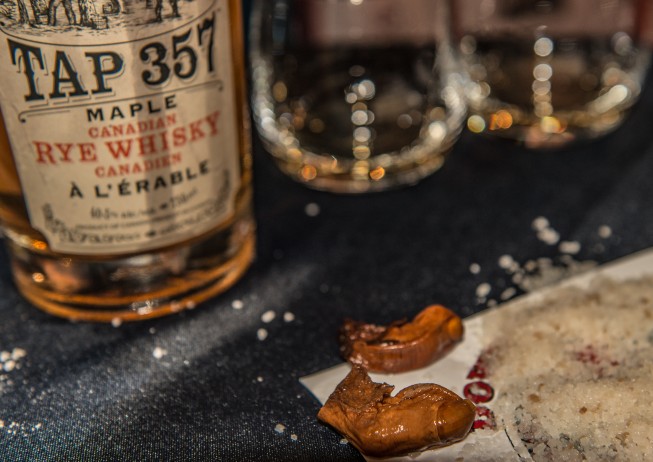



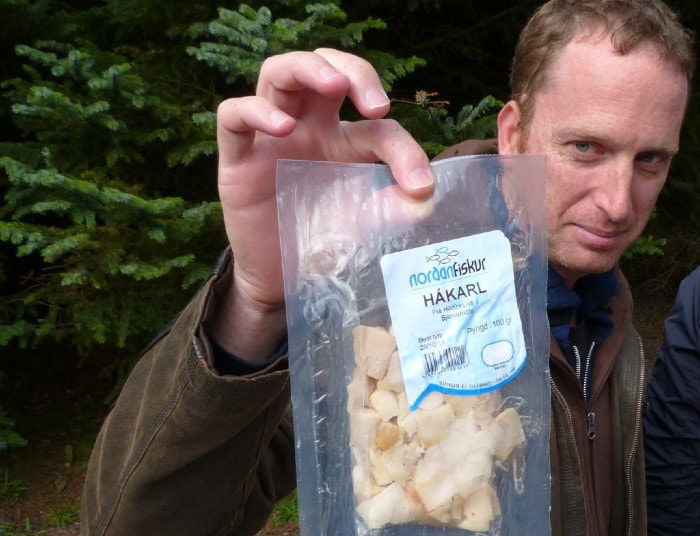

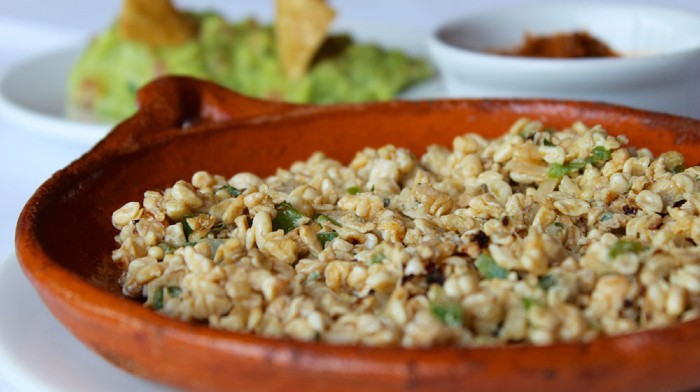

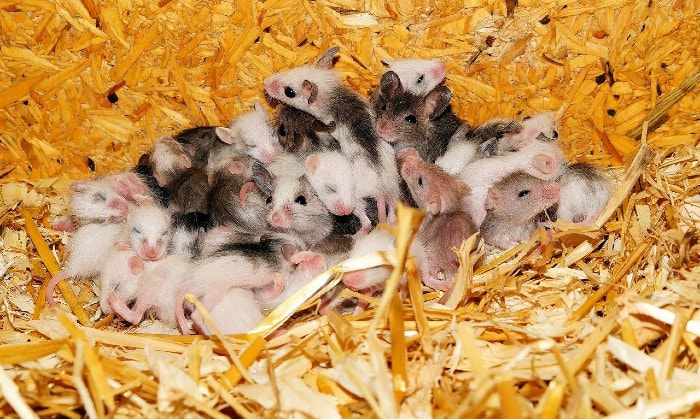
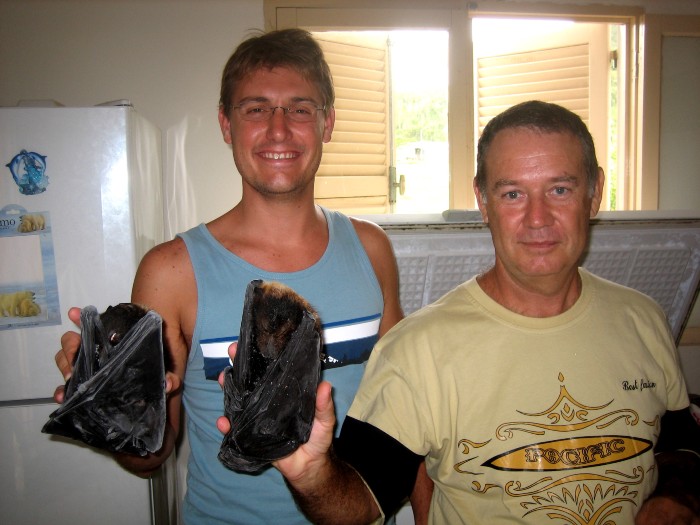
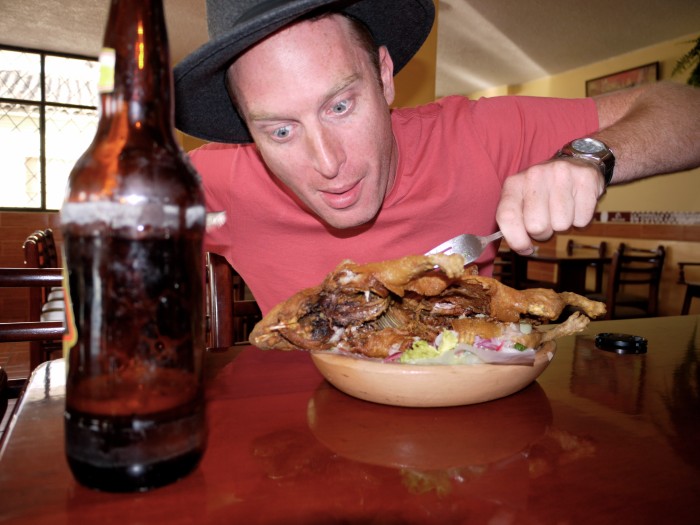
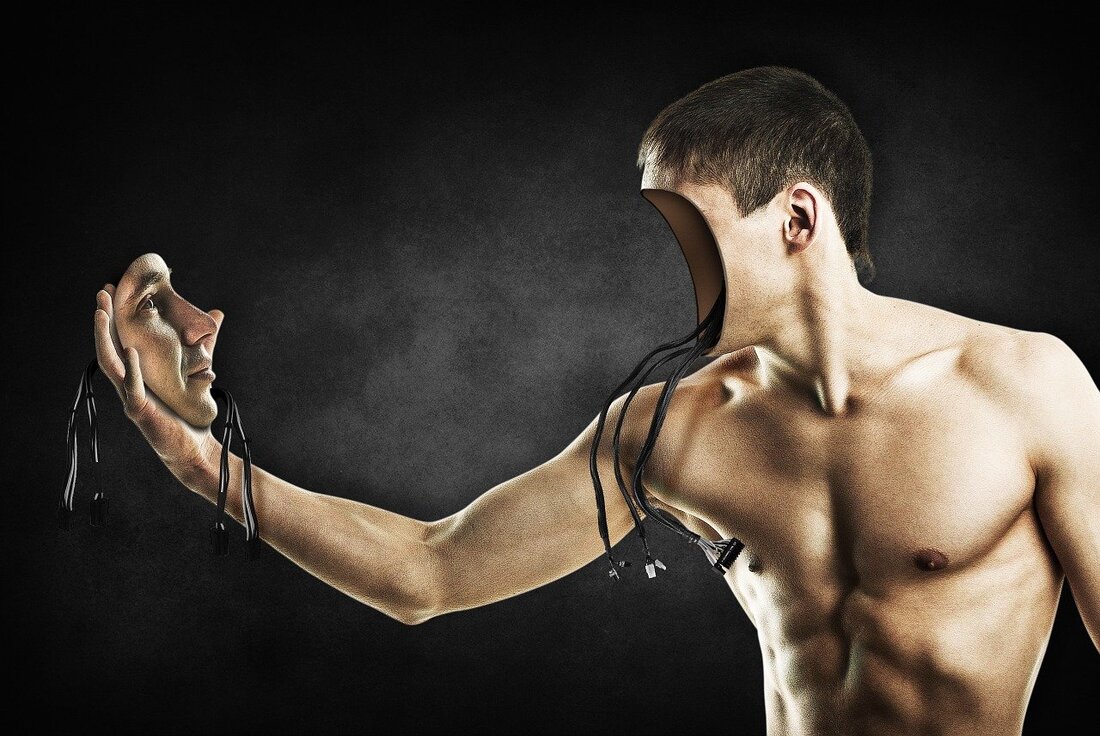
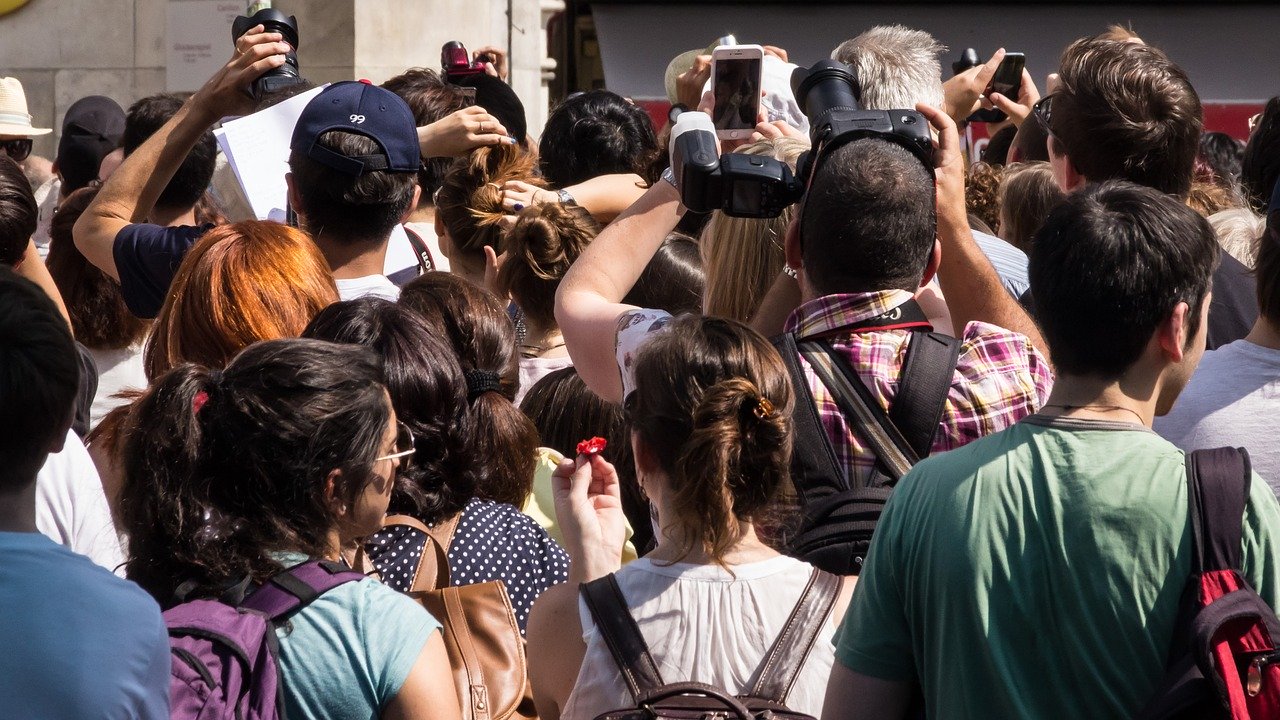
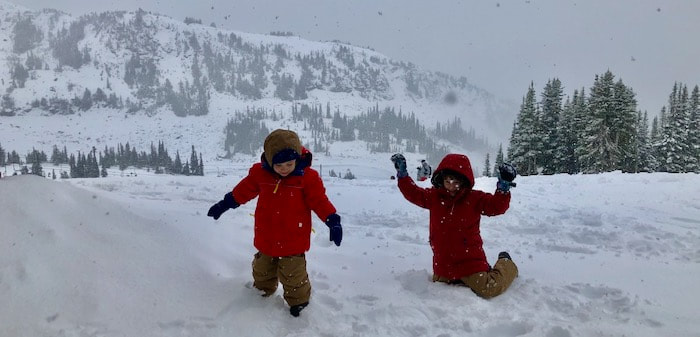
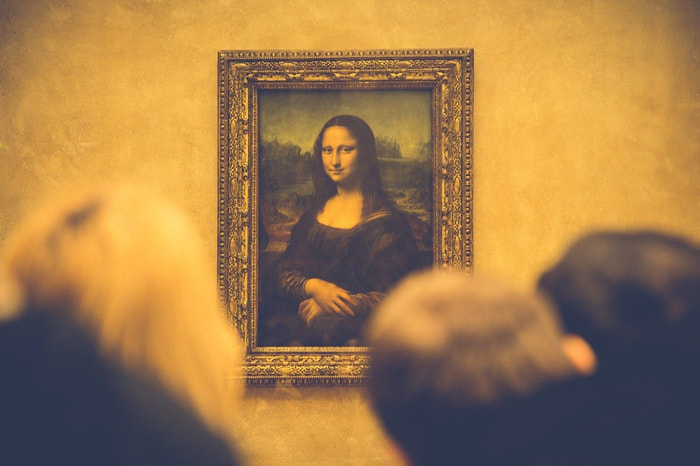
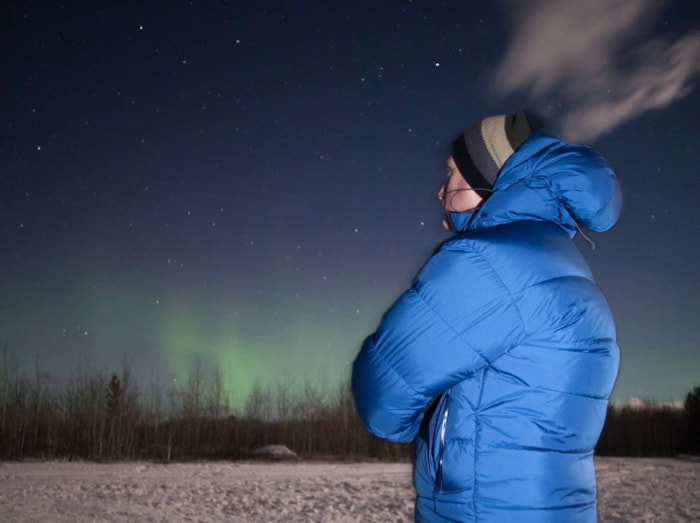
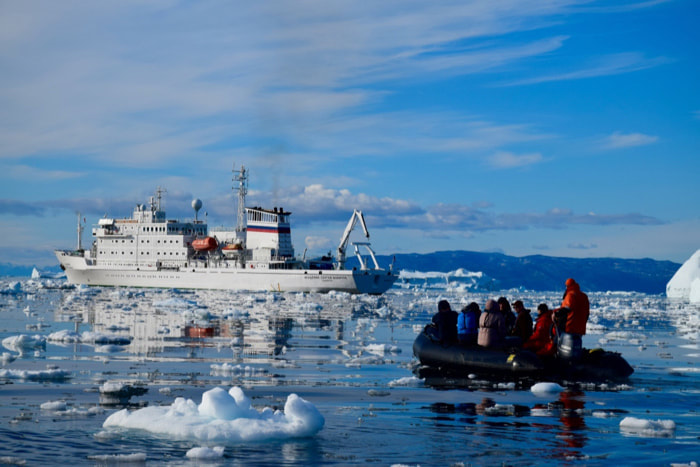

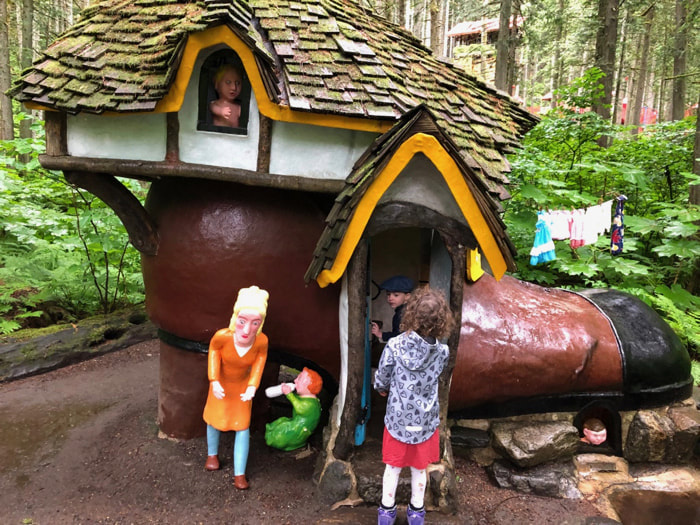
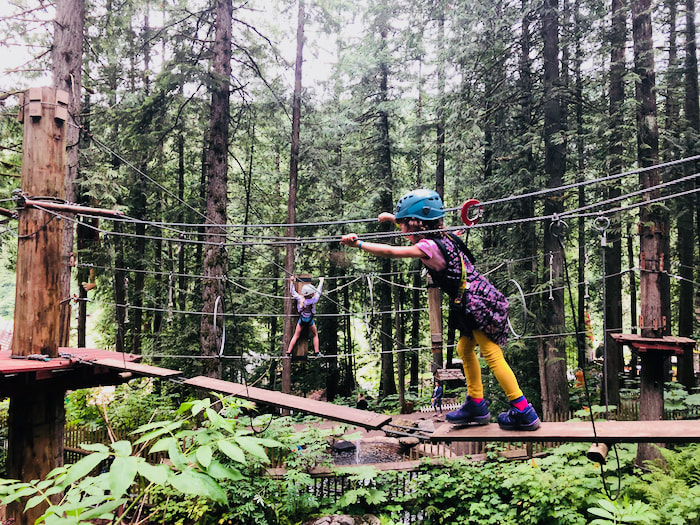
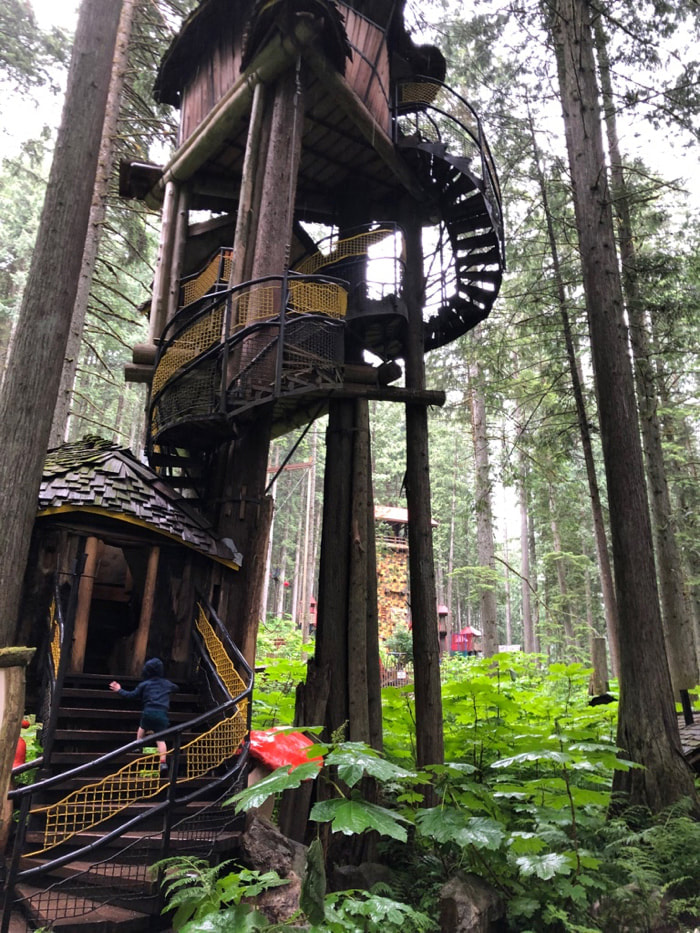
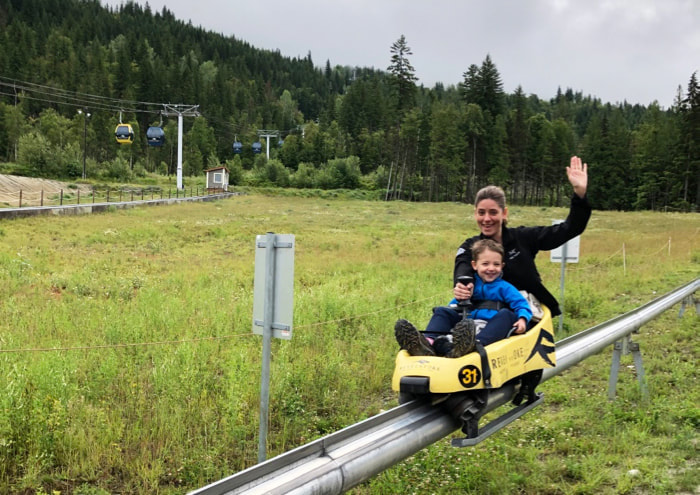
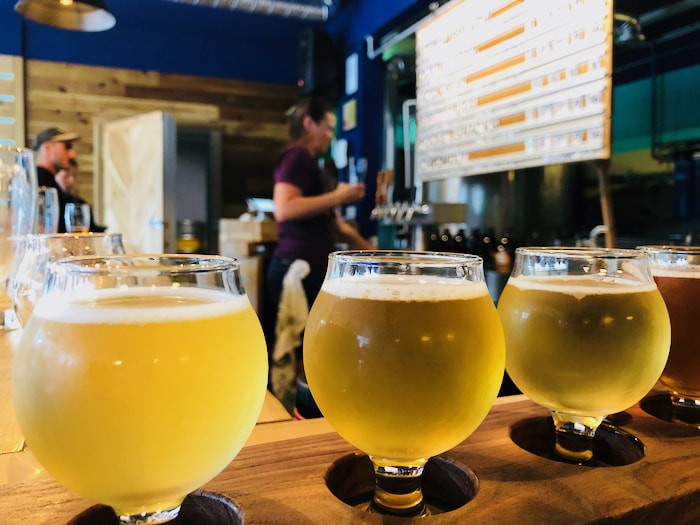

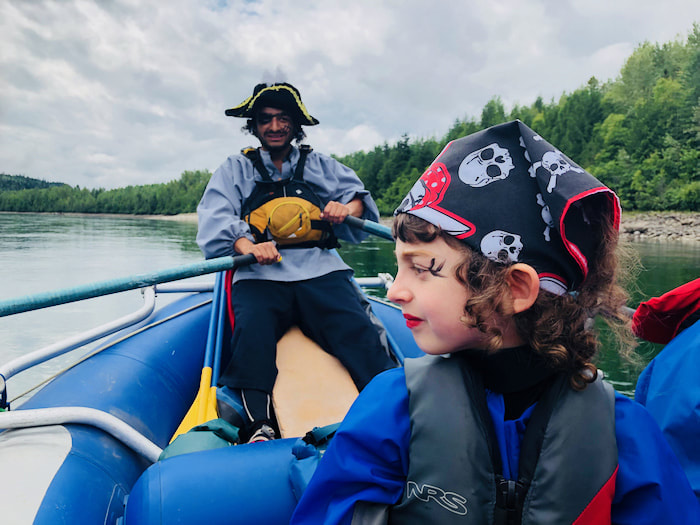
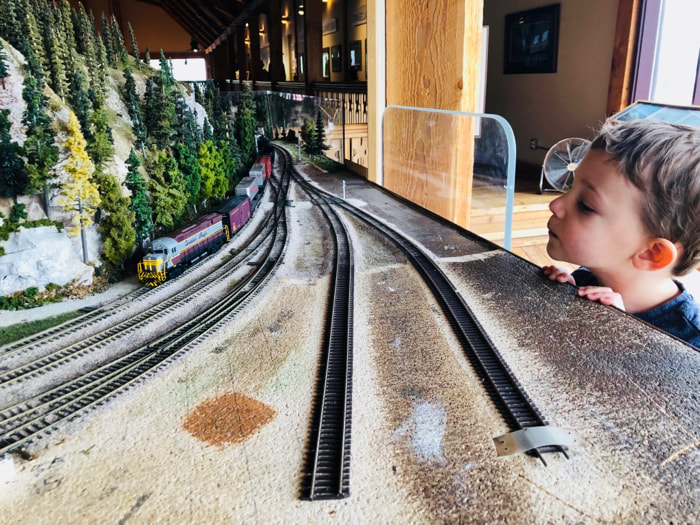




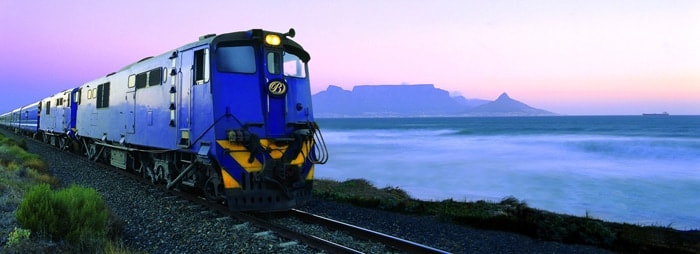


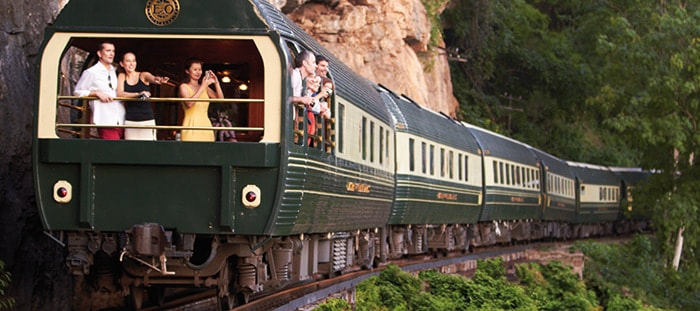


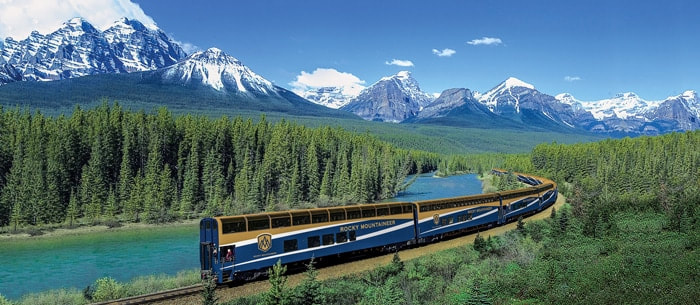
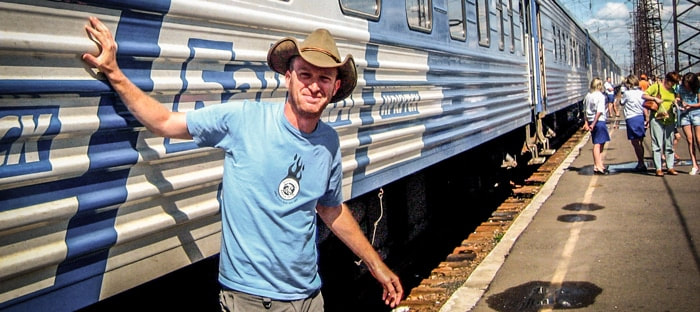


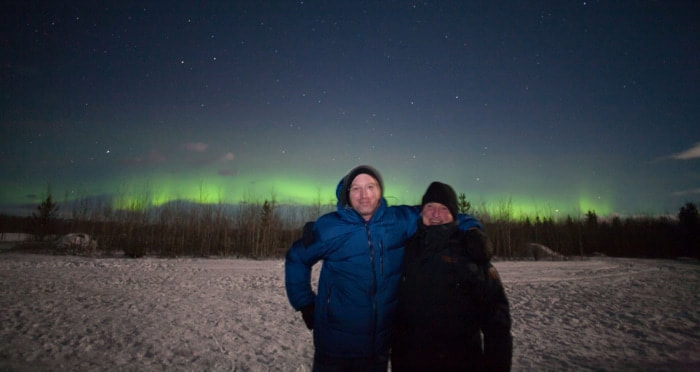
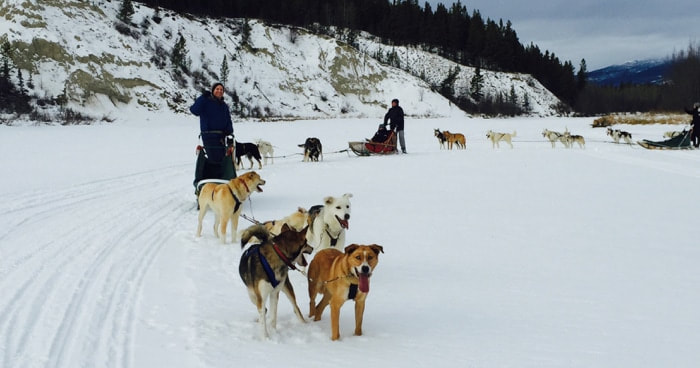
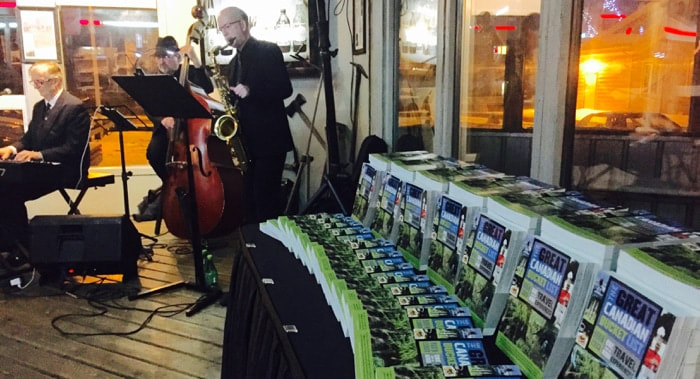
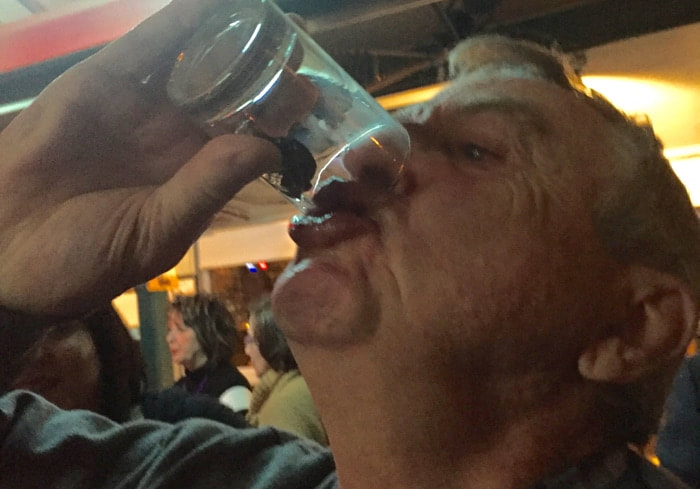
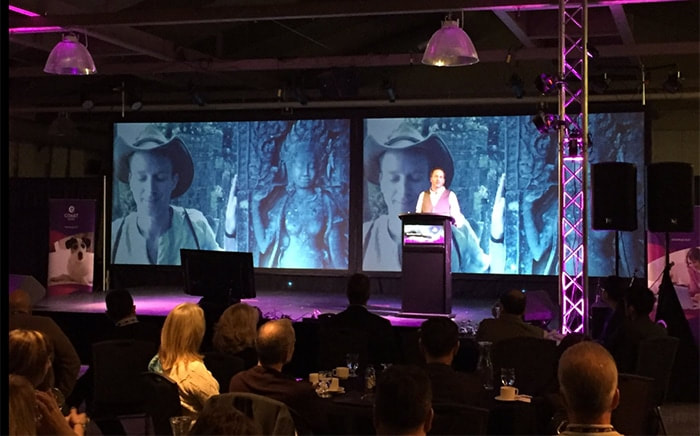
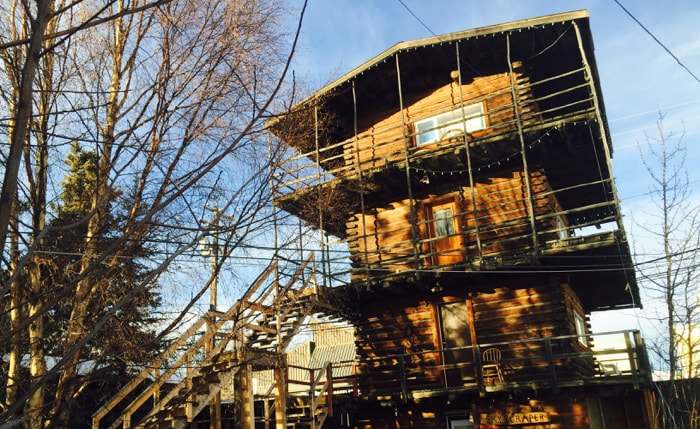
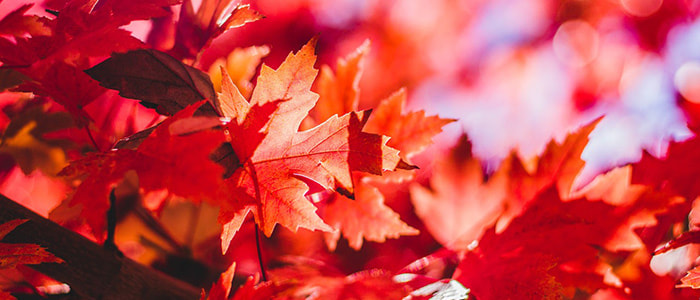
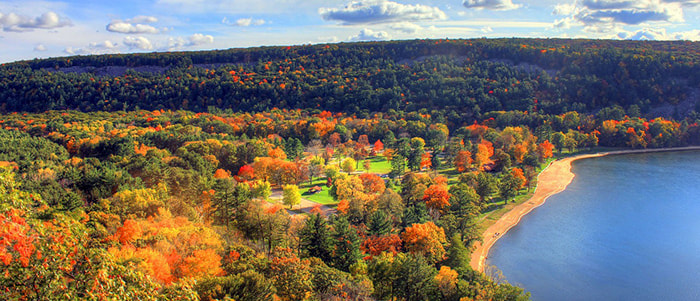

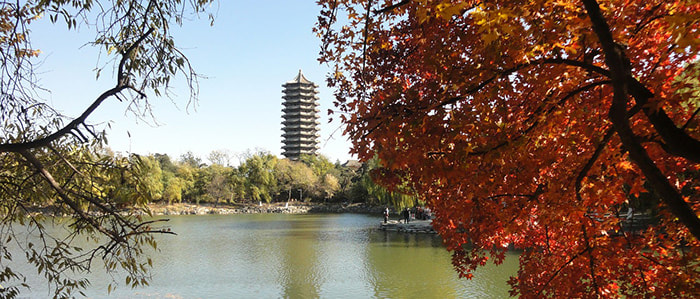
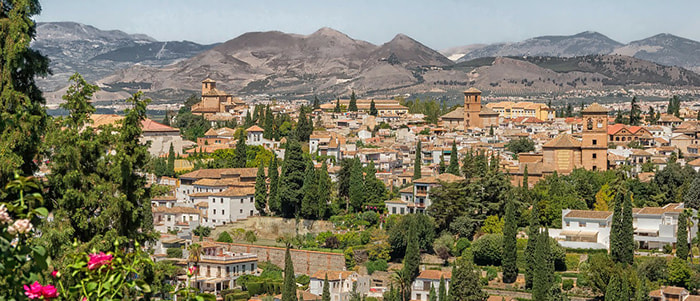
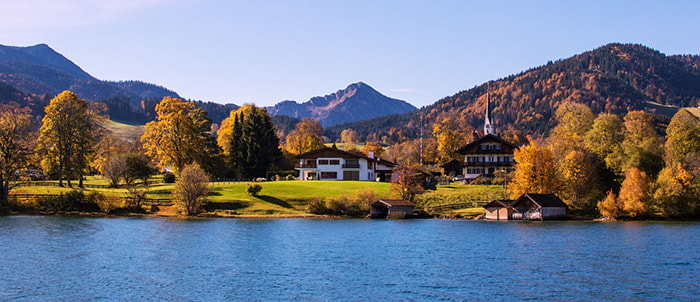
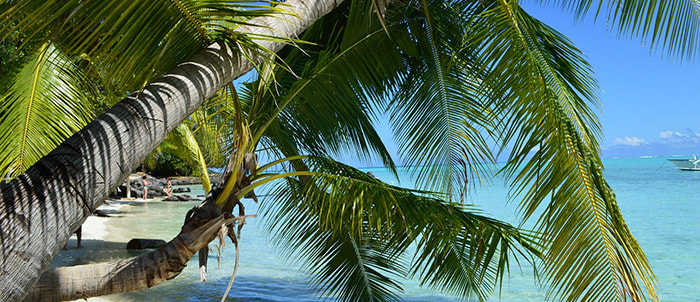
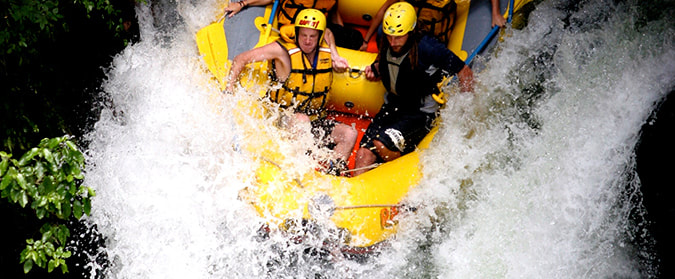
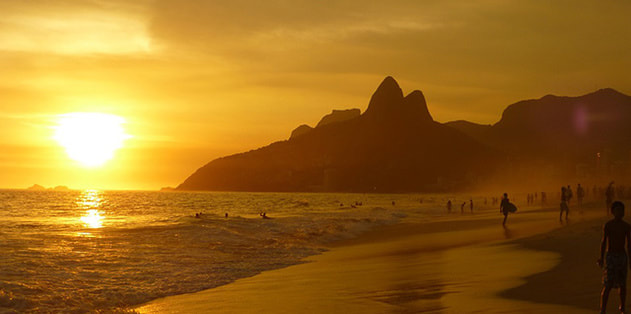
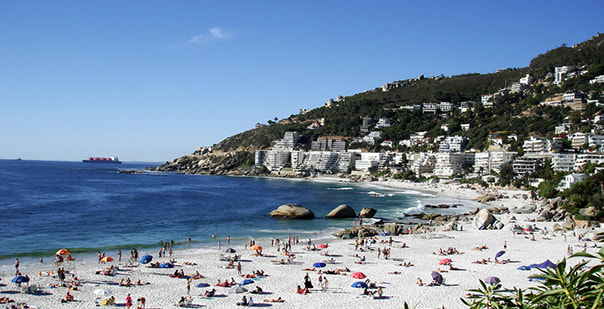
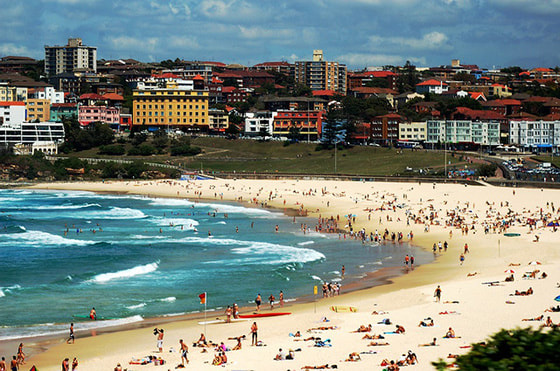
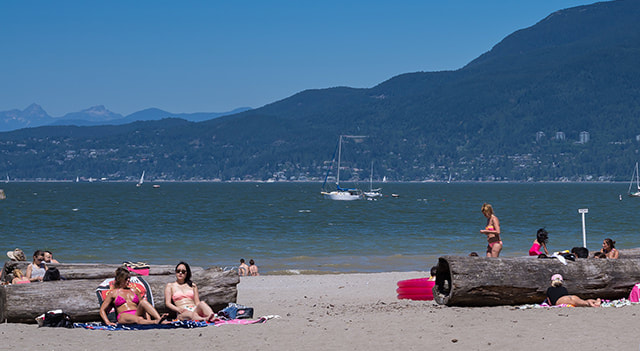

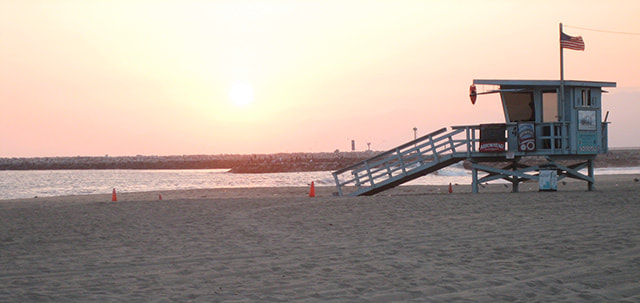
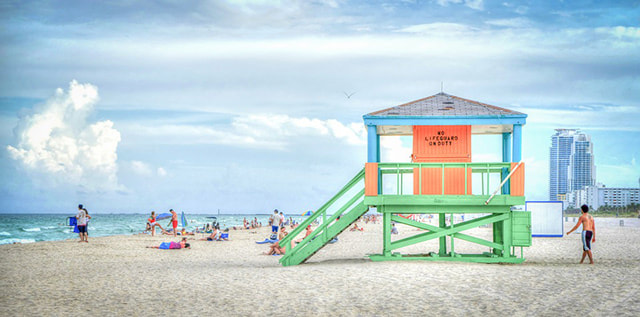
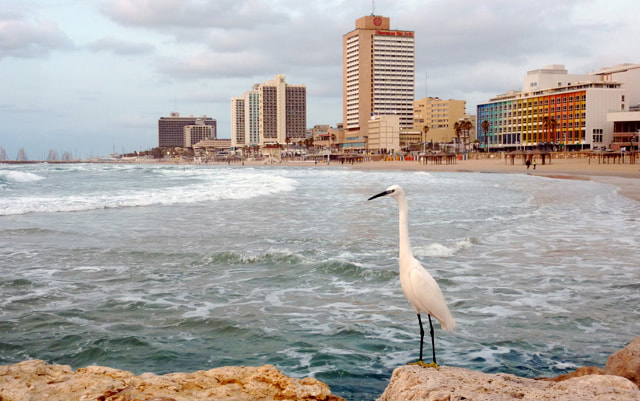
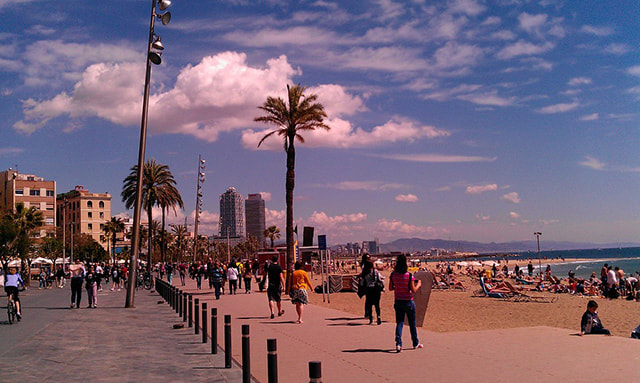
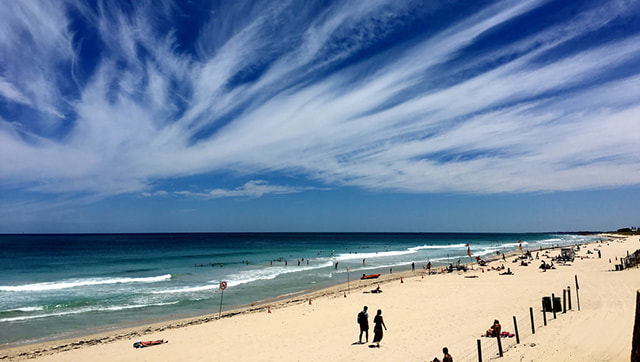
 RSS Feed
RSS Feed

